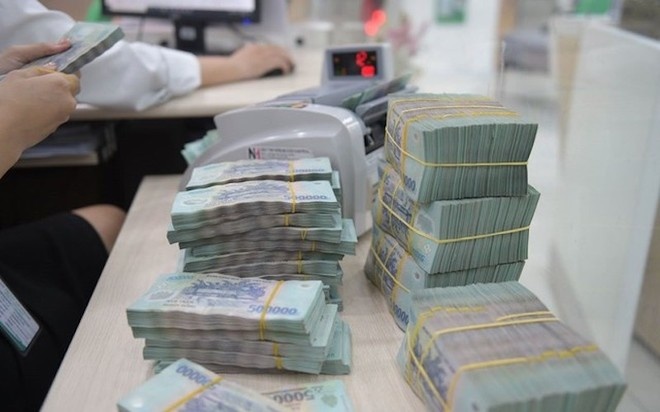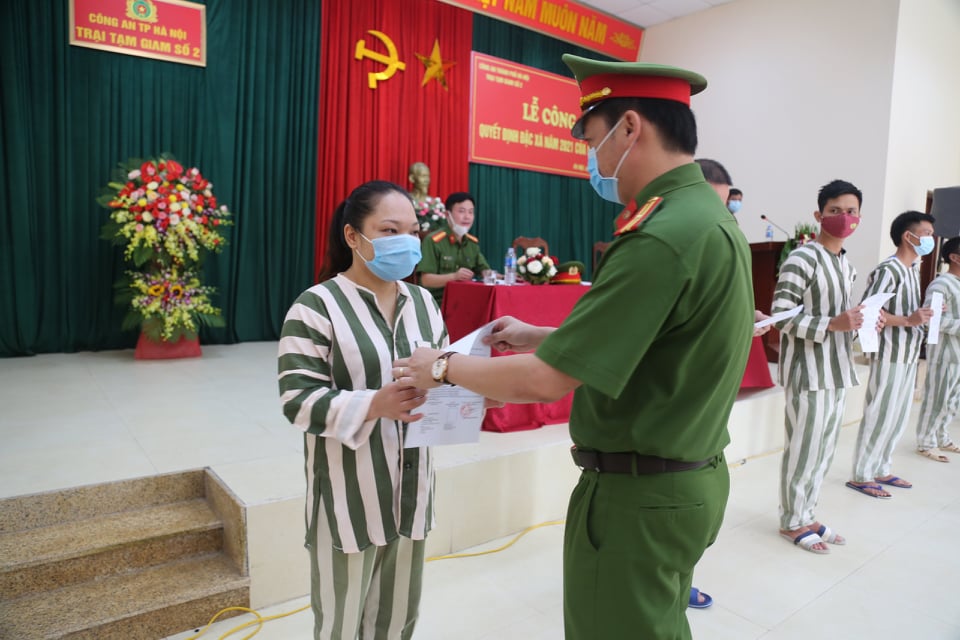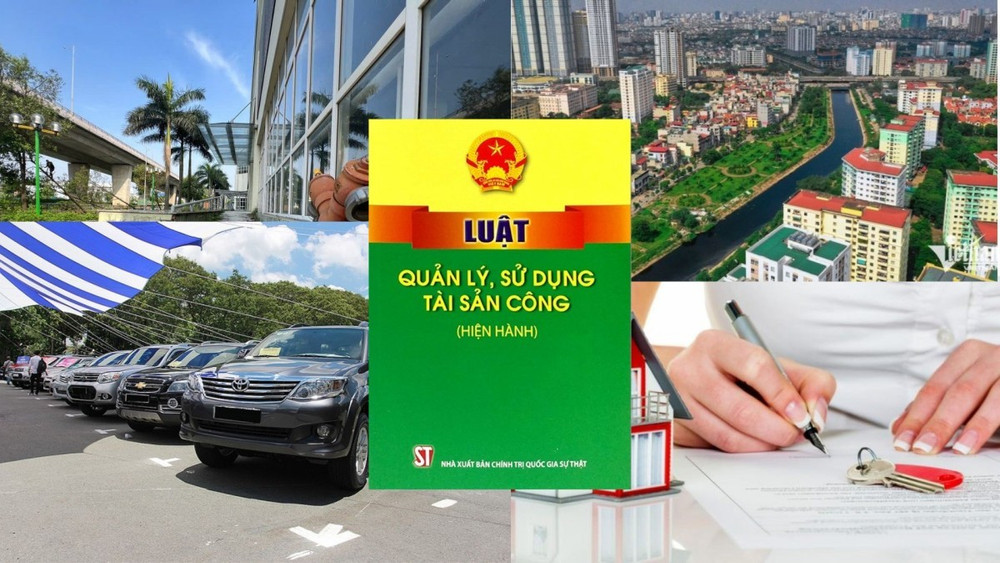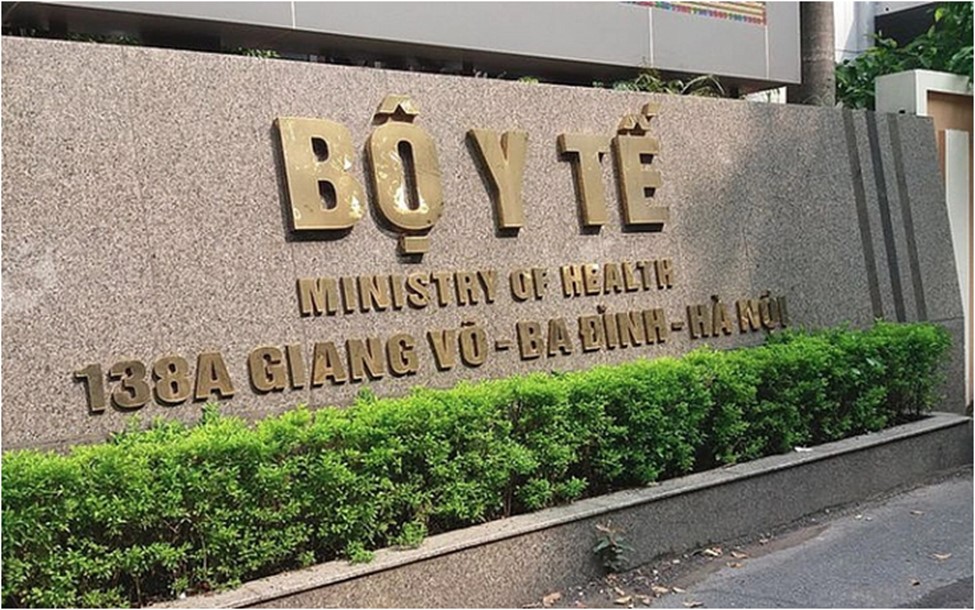Money laundering risk management and customer risk ratings in Vietnam
Below are regulations on money laundering risk management and customer risk ratings in Vietnam

Money laundering risk management and customer risk ratings in Vietnam (Internet image)
1. Money laundering risk management and customer risk ratings in Vietnam
The money laundering risk management and customer risk ratings in Vietnam as stipulated in Article 4 of Circular 09/2023/TT-NHNN is as follows:
- Based on the results of the money laundering risk assessment and update according to the provisions in Article 3 of Circular 09/2023/TT-NHNN, the reporting entity shall establish and promulgate a money laundering risk management process at the reporting entity. The money laundering risk management process must be demonstrated step by step in accordance with the scale, scope, and specific nature of the reporting entity's activities to manage money laundering risks. The money laundering risk management process includes at least the following contents:
+ Define the scope and objectives of money laundering risk management activities;
+ Identify and assess the impact level of money laundering risks at the reporting entity;
+ Classify customers by money laundering risk level as low, medium, or high based on factors such as: the customer; the products and services the customer is using or intends to use; the geographical location of the customer's residence or head office and other factors determined and classified by the reporting entity to fit the arising reality and are stipulated in the risk management process;
+ Process for identifying and assessing the level of money laundering risk before providing new products and services; currently existing products and services applying innovative technology;
+ Risk management process to perform, refuse, suspend, post-transaction control, or review, report suspicious transactions for inaccurate or incomplete electronic transfer transactions as per the request;
+ Measures applied corresponding to the risk levels of money laundering of customers, including the frequency of updating, verifying customer identification information, the level of customer transaction monitoring according to the money laundering risk level, the measures for mitigating customer identification, and enhanced measures regulated at clauses 2, 5 of Article 4 of Circular 09/2023/TT-NHNN.
- For customers with a low money laundering risk level, after the initial establishment of a relationship with the customer, when applying customer identification measures as stipulated by the Anti-Money Laundering Law 2022 and Government Decree detailing some articles of the Anti-Money Laundering Law 2022, the reporting entity can choose to apply one or all of the following reduced customer identification measures:
+ Not collecting information about the purpose and nature of the business relationship if through transactions or business relationships already established the purpose and nature of the business relationship can be determined;
+ Reduce the frequency of updates of customer identification information compared to customers with a medium money laundering risk level;
+ Reduce the level of monitoring of customer transactions compared to customers with a medium money laundering risk level.
- The reporting entity is not allowed to apply reduced customer identification measures when there is a suspicion of money laundering.
- For customers with a medium money laundering risk level, the reporting entity must apply customer identification measures as stipulated by the Anti-Money Laundering Law 2022 and the Government Decree detailing some articles of the Anti-Money Laundering Law 2022.
- For customers with a high money laundering risk level, in addition to applying customer identification measures as stipulated by the Anti-Money Laundering Law 2022 and the Government Decree detailing some articles of the Anti-Money Laundering Law 2022, the reporting entity must apply enhanced measures, including:
+ Approval from a management level at least one level higher than the approval level applied for customers with a medium money laundering risk level regarding the establishment or continuation of a business relationship with high-risk customers;
+ Collect, update, and verify additional customer information to evaluate and manage customer risks, including the following minimum information: average monthly income of the customer for at least the last 6 months before the evaluation; contact information of the agency, organization, or workplace or where the customer has the main income (if any); information regarding the source of money or assets in the customer's transactions;
+ Collect, update, and verify additional information of institutional customers to evaluate and manage customer risks, including the following minimum information: industry, production, business, main revenue-generating service; total revenue in the last 2 years before evaluation; information regarding the source of money or assets in the customer's transactions;
+ Collect, update, and verify other additional information (if any) to evaluate and manage customer risks;
+ Intensify monitoring of customer transactions conducted through the reporting entity, business relationships by applying control measures and transaction sampling for inspection, ensuring customer transactions are appropriate with the purpose, nature of the business relationship with the reporting entity, customer’s business activities; promptly detect and review suspicious transaction reports;
+ Increase the frequency of customer identification information updates compared to customers with a medium money laundering risk level.
2. Criteria and method for assessing money laundering risks of reporting entities in Vietnam
Criteria and method for assessing money laundering risks of reporting entities in Vietnam as stipulated in Article 3 of Circular 09/2023/TT-NHNN are as follows:
- Criteria for assessing money laundering risks of the reporting entity include money laundering risk criteria and the criteria for the suitability of internal policies and regulations on anti-money laundering at the reporting entity.
- Money laundering risk criteria include criteria for money laundering risks from the business environment of the reporting entity and criteria for money laundering risks from the business activities of the reporting entity. Specifically:
+ Criteria for money laundering risks from the reporting entity's business environment include money laundering risks from industries, sectors; countries, territories in which the reporting entity operates, according to the national risk assessment of money laundering and as determined by the reporting entity;
+ Criteria for money laundering risks from the reporting entity's business activities include money laundering risks from customers; money laundering risks from products, services provided to customers; money laundering risks from the manner of product, service distribution.
- Criteria for the suitability of internal policies and regulations on anti-money laundering at the reporting entity include the comprehensiveness of internal policies, regulations on anti-money laundering and the effectiveness of the implementation of such internal policies, regulations. Specifically:
+ The comprehensiveness of internal policies, regulations on anti-money laundering at the reporting entity includes the completeness of such policies, regulations; appropriateness with legal provisions on anti-money laundering; appropriateness with the risk level of the reporting entity; regularly review policies, regulations to adapt to legal changes and practical activities;
+ The effectiveness of implementing internal policies, regulations on anti-money laundering at the reporting entity includes effective implementation of anti-money laundering measures; understanding and compliance with professional rules and standards by leaders and employees in charge of responsibilities related to anti-money laundering; effective management of anti-money laundering work.
- The method for assessing money laundering risks of the reporting entity is the scoring method. The scoring method is conducted by scoring each criterion stipulated in clause 2 and clause 3 of Article 3 Circular 09/2023/TT-NHNN. Specifically:
+ The score of each criterion stipulated in clause 2 of Article 3 Circular 09/2023/TT-NHNN is determined according to a scale from 1 to 5, with the principle that the smaller the score, the lower the money laundering risk;
+ The score of each criterion stipulated in clause 3 of this Article is determined according to a scale from 1 to 5, with the principle that the smaller the score, the higher the suitability of policies, regulations on anti-money laundering;
+ The weight of each criterion stipulated in clauses 2, 3 of Article 3 Circular 09/2023/TT-NHNN is the percentage (%) determined based on the importance of each criterion in the anti-money laundering work. The reporting entity determines the weight based on scale, scope, and specific characteristics of activities;
+ The score of money laundering risk is determined by calculating the total score for each money laundering risk criterion stipulated in point a of this clause after multiplying by the weight stipulated at point c of this clause. Low money laundering risk if the score is less than or equal to 1; medium-low money laundering risk if the score is greater than 1 and less than or equal to 2; medium money laundering risk if the score is greater than 2 and less than or equal to 3; medium-high money laundering risk if the score is greater than 3 and less than or equal to 4; high money laundering risk if the score is greater than 4 and less than or equal to 5;
+ The score for the suitability of internal policies, regulations on anti-money laundering is determined by calculating the total score of each suitability criterion for such policies, regulations stipulated at point b of this clause after multiplying by the weight stipulated at point c clause 4 Article 3 Circular 09/2023/TT-NHNN.
The suitability level of internal policies, regulations on anti-money laundering is high if the score is less than or equal to 1; suitability level of internal policies, regulations on anti-money laundering is medium-high if the score is greater than 1 and less than or equal to 2; medium if the score is greater than 2 and less than or equal to 3; medium-low if the score is greater than 3 and less than or equal to 4; low if the score is greater than 4 and less than or equal to 5;
+ The money laundering risk score is determined by calculating the average score of money laundering risk and the score for the suitability of internal policies, regulations on anti-money laundering.
When the score is smaller, the money laundering risk level is lower: low money laundering risk level if the score is less than or equal to 1; medium-low risk if the score is greater than 1 and less than or equal to 2; medium risk if the score is greater than 2 and less than or equal to 3; medium-high risk if the score is greater than 3 and less than or equal to 4; high risk if the score is greater than 4 and less than or equal to 5.
- The period for collecting information, data serving the evaluation, update of money laundering risks of the reporting entity is calculated from January 1 to December 31 of the evaluation, update year. The reporting entity must complete the money laundering risk evaluation and update report no later than March 31 of the following year.
- Key word:
- risk management
- Vietnam
- money laundering
- Cases of land rent exemption and reduction under the latest regulations in Vietnam
- Economic infrastructure and social infrastructure system in Thu Duc City, Ho Chi Minh City
- Regulations on ordination with foreign elements in religious organizations in Vietnam
- Increase land compensation prices in Vietnam from January 1, 2026
- Determination of land compensation levels for damage during land requisition process in Vietnam
- Who is permitted to purchase social housing according to latest regulations in Vietnam?
-

- Number of deputy directors of departments in Vietnam ...
- 15:04, 05/03/2025
-

- Cases ineligible for pardon in Vietnam in 2025
- 14:43, 05/03/2025
-

- Decree 50/2025 amending Decree 151/2017 on the ...
- 12:00, 05/03/2025
-

- Circular 07/2025 amending Circular 02/2022 on ...
- 11:30, 05/03/2025
-

- Adjustment to the organizational structure of ...
- 10:34, 05/03/2025
-

- Notable new policies of Vietnam effective as of ...
- 16:26, 11/04/2025
-
.Medium.png)
- Notable documents of Vietnam in the previous week ...
- 16:21, 11/04/2025
-
.Medium.png)
- Notable documents of Vietnam in the previous week ...
- 16:11, 02/04/2025
-
.Medium.png)
- Notable new policies of Vietnam to be effective ...
- 16:04, 02/04/2025
-
.Medium.png)
- Notable new policies of Vietnam effective from ...
- 14:51, 21/03/2025

 Article table of contents
Article table of contents
